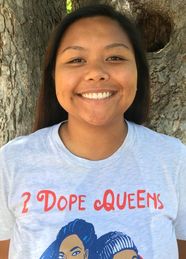
Position: Student Support Assistant at Lazear Charter Academy
What led you to your current position? When I graduated, I wasn’t quite ready to work in the social services field but I always knew I’d make my way back to it. I have always enjoyed working with children, especially in education. My first job ever was tutoring students in math and English. I also volunteered for an English-Tagalog bilingual program for newly immigrated K-8th grade students in San Francisco. It’s always been such a rewarding experience working with students and when I was ready get into the field, I knew I wanted to work in education. I was drawn to All-In! and the SSA position because of the holistic approach to supporting students.
Fun Fact/Quote: My favorite number is 11!
What does your average day look like ? I usually start my day writing mental health notes in the MTSS room. A few minutes before school starts, I make my way to the yard to say hello to students. I then meet up with my client to get breakfast and do our daily check in. Throughout the day I’m in my client’s classes to support him in staying in his classes as well as access the material. I do this by utilizing behavioral modification strategies and incentives specific to the support that he needs. When needed, I also support other students. Each day is different and there are so many moving parts so I’m constantly communicating with the MTSS team.
Why do you do this work? I do this work for the small wins in each day. The student’s smiles and laughter make it all worth it!
What hope do you have for the future of our program? I hope that All-In! continues to grow and foster partnerships with schools!



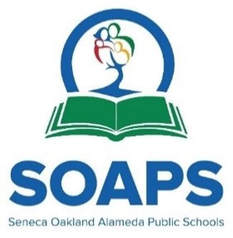

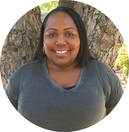
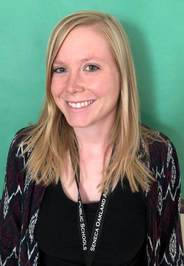

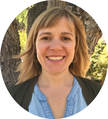
 RSS Feed
RSS Feed